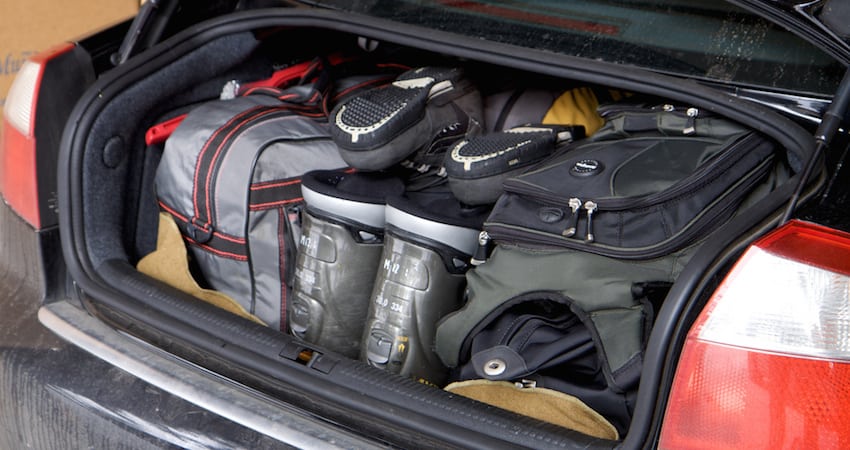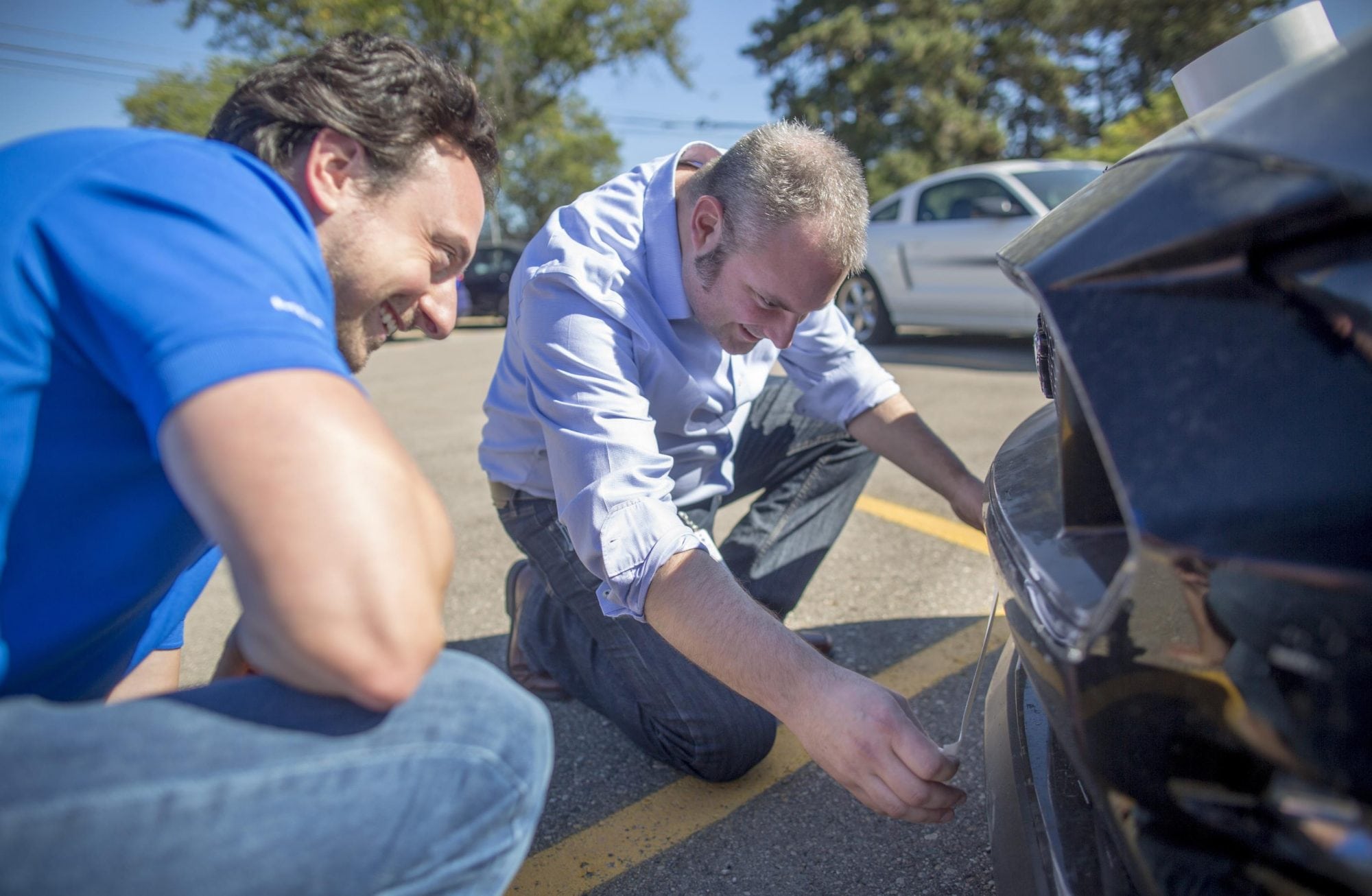Unfortunately, most emergencies happen when we least suspect them. From flat tires to engine failure, driving comes with its own set of risks. However, there are many ways to prepare yourself for those unforeseen moments. Best of all, they take a limited amount of time and money.
Take a look at the steps below so that you and your car can be ready for the unexpected.
1. Gather the Necessary Tools
The best way to get your vehicle ready for an emergency is to create a kit. This assortment should include a variety of helpful gadgets, such as:
- A spare tire and gauge
- Jumper cables
- A jack and lug wrench
- Foam sealant and duct tape
- A toolbox and first aid kit
Every car owner needs these basics in their trunk. However, you can also add items that you deem useful. Blankets, shovels and brushes are essential for colder climates. Think about all of the possible scenarios you may encounter and work with that. You can either build this kit yourself or buy a ready-made one online. Check that every tool works well for your car so that you won’t have to deal with any surprises.
2. Choose Various Extras
On top of your tools, you’ll need a few extra items. These include non-perishable and dried foods, like energy bars and canned nuts. You’ll find that these products are useful even when you’re not in an emergency. Place paper maps and a compass in your glove box. If you live in a rural area, navigational devices help when you don’t have a phone and get lost.
Add a wireless phone charger, rain poncho and some extra cash. A change of clothes is also beneficial. Again, you’ll want to consider your specific situation. Are you elderly? Do you have a disability? Consider those circumstances so you can prepare adequately.
Overall, food, maps and a jacket are handy for most. Once you get your tools and additional items together, put them in a bin in the trunk of your car. They won’t take up much space.
3. Keep Up With Maintenance
If your vehicle isn’t in tip-top shape, it can’t perform at its best. That’s why you should maintain your car regularly. Make sure your gas tank is always at least half-full, and check your oil frequently. These steps only take a few minutes and can save you a lot of pain. Above all else, follow the owner’s manual for your specific car. If you sense there’s a problem, don’t hesitate to take it to a mechanic.
Try not to ignore any issues – the tools in your kit can only do so much.
You Can Never Be Too Prepared for an Emergency
Emergencies happen – whether you run out of gas or get stuck in cold weather. While we can’t prevent them, we can make sure we prepare ahead of time. Put together a kit full of useful tools and extras in your car and inspect your vehicle regularly for issues. These steps will save you time, money and several headaches down the road.










